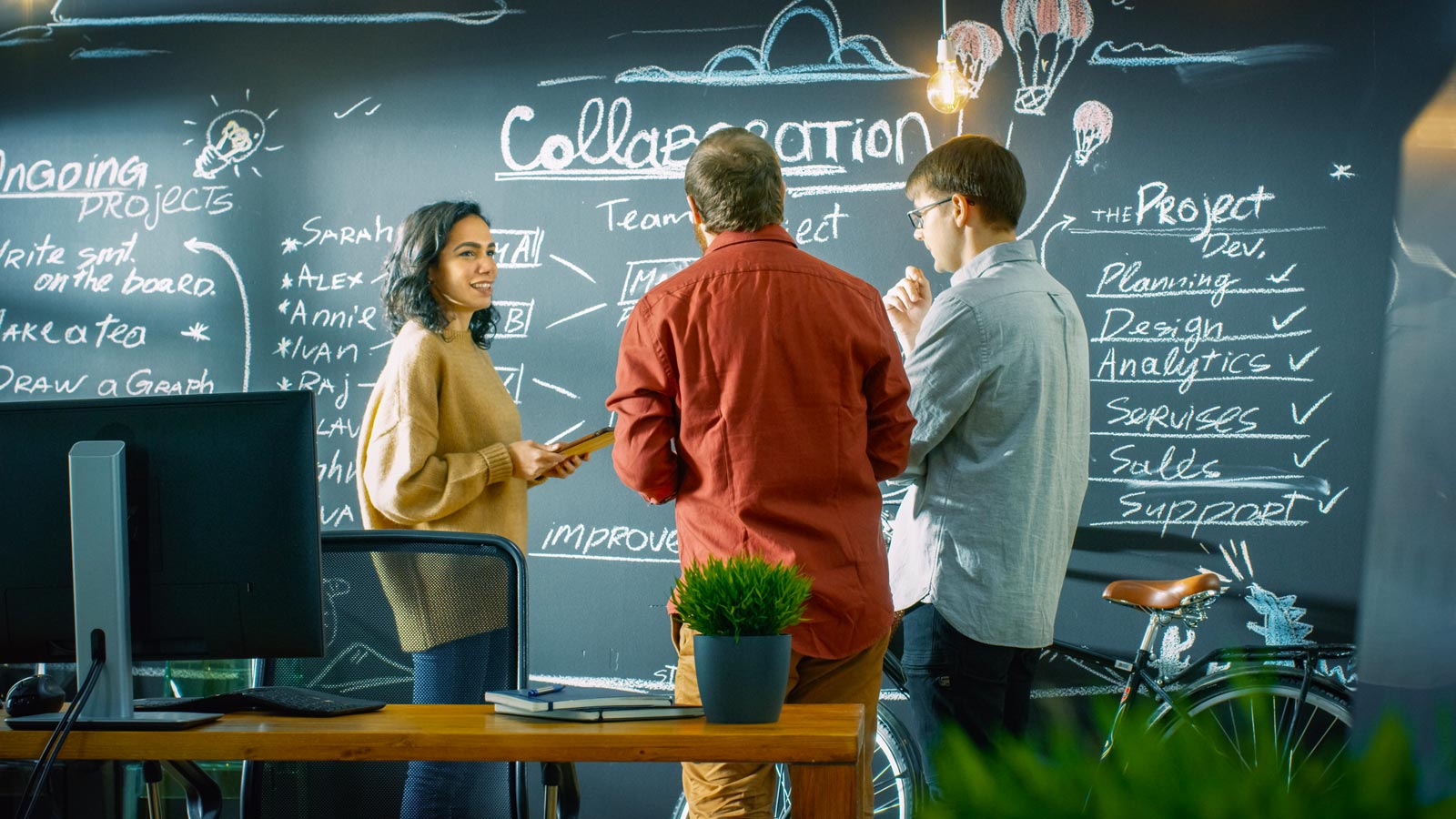The Secret Weapon
- Local students work together to propose ideas for restaurant recovery following the COVID-19 pandemic.

When most businesses hit hard times, they look for advice from fellow professionals to guide them back to recovery. However, when COVID-19 struck restaurants hard in Columbia, Aperio Consulting Group sought out the economic wisdom of a different population — middle school and high school students.
Comparing the untapped potential of students looking to participate in something meaningful after online schooling with restaurants attempting to open their doors again, Aperio decided to creatively connect both problems through hosting conversations.
“We thought, ‘let’s see what students in our community can come up with,’” Michael Mueller, vice president of Aperio, says. “Let’s really invite them into the process of brainstorming creative solutions for restaurants that are struggling.”
And brainstormed they did. The students were brought together to talk, and they put together a plan by bouncing ideas off each other in an effort that was truly group-oriented.
“Every single participant said that their favorite idea was one that was ultimately refined and shaped and chiseled by the group,” Michael says. “In a way, you almost couldn’t trace it back whose idea it was because it was such a collective effort.”
The result was a multifaceted chart of restaurant recovery ideas, focusing on deepening relationships with customers, extending the restaurant’s reach to non-obvious partnerships, and creatively providing value by creating experiences for customers.
The students had a large emphasis on connection and experiences, knowing that people would be craving social interaction after distancing. Therefore, a lot of their ideas in practice focused on relations, including sharing the restaurant’s origin story, catering to neighborhoods, partnering with local events, and even starting a cooking class.
According to Michael, a large reason the experiment was successful was due to the students’ diverse perspectives. The experiment was largely set up to boost cognitive diversity, where the best ideas come from multiple points of view. By incorporating students of various ages and backgrounds, Aperio was able to put together a solution plan that would look much different than if they had asked restaurant owners for ideas.
“They were our secret weapon,” Michael says. “The students just don’t have the same set of experiences that restaurant owners do. And that gave them kind of a fresh slate to come in and present their ideas and be highly creative.”
Aperio’s research has had a positive response and was shared by the Columbia Chamber of Commerce. The plan has also reached the St. Louis area, where some restaurants have tried picking up a couple of the students’ ideas.
Though the restaurant recovery plan is not meant to be followed step-by-step, it does provide some concrete ideas that restaurants can try out to boost their business. The experiment also goes to show how valuable different perspectives can be when looking for creative solutions.
“Creativity is on-demand,” Michael says. “Ultimately, it’s not individual genius, but a collective effort. It’s the process of taking what’s there, evaluating every feature of it, and then using those collectively compiled insights to build ideas that ultimately may be creative.”


